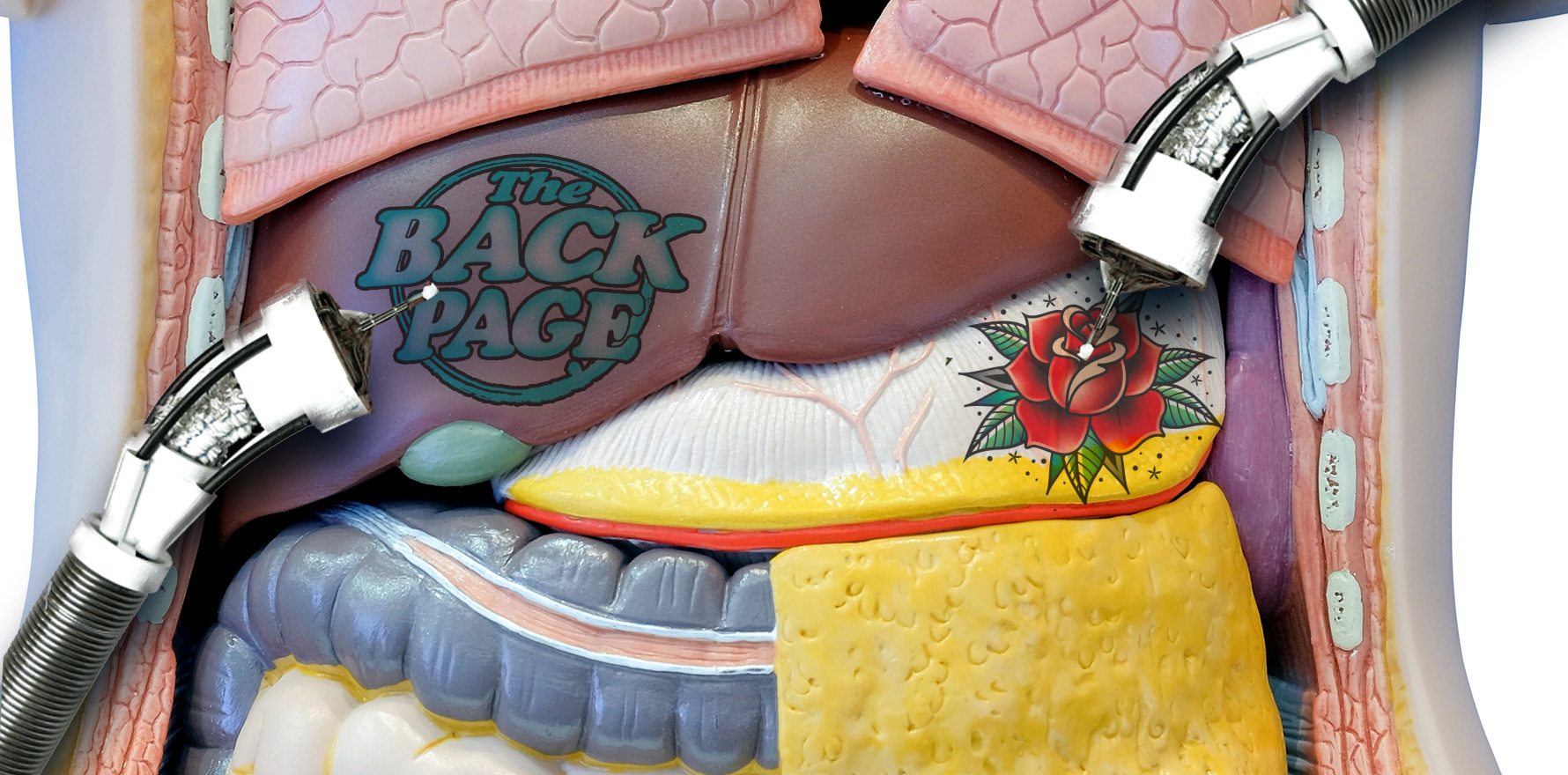This 3D printer could take getting inked to a whole new level.
When Terence Trent D’Arby sang “Sign your name across my heart”, we presume he meant it figuratively.
But a team of UNSW researchers has now developed the gear that might allow you to do just that, as well as carry out more therapeutic procedures.
Said box of tricks is a miniature and flexible soft robotic arm, which can be used to 3D print biomaterial directly onto organs inside a person’s body.
3D bioprinting involves fabricating biomedical parts from “bioink” to construct natural tissue-like structures.
The team, led by Dr Thanh Nho Do and his PhD student, Mai Thanh Thai, published their research in the Advanced Science journal earlier this month.
“Existing 3D bioprinting techniques require biomaterials to be made outside the body and implanting that into a person would usually require large open-field open surgery which increases infection risks,” said Dr Do, a senior lecturer at UNSW’s Graduate School of Biomedical Engineering.
“Our flexible 3D bioprinter means biomaterials can be directly delivered into the target tissue or organs with a minimally invasive approach. This system offers the potential for the precise reconstruction of three-dimensional wounds inside the body, such as gastric wall injuries or damage and disease inside the colon.”
The team tested the device, dubbed F3DB, inside an artificial colon, as well as 3D printing a variety of materials with different shapes on the surface of a pig’s kidney.
Sounding a bit like a Star Wars character, F3DB has a highly manoeuvrable swivel head which “prints” the bioink and is attached to the end of a soft, flexible robotic arm, all of which can be controlled externally.
The team reckon that within five to seven years, doctors could use the tech to access hard-to-reach areas inside the body via small skin incisions or through the nearest available natural orifice. The smallest F3DB prototype has a similar diameter to commercial therapeutic endoscopes (approximately 11-13mm), which is small enough to be inserted into a human gastrointestinal tract.
And to show they weren’t just doing this for laughs, they tested the cell viability of the living biomaterial printed by F3DB. The cells appeared to be unaffected by the bot’s brushwork, with the majority observed to be alive post-printing. They then continued to grow for the next seven days, with four times as many cells observed one week after printing.
Tattoo your story tips on your forehead and send pics to penny@medicalrepublic.com.au.


